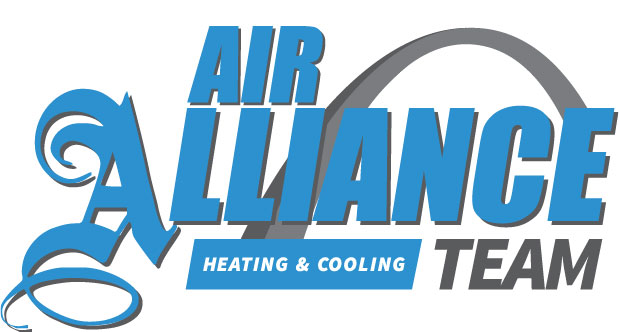
As the weather is cooling off, you might be concerned about how you’ll prepare your heating and cooling. After all, HVAC costs can contribute a large chunk of your monthly electric bill. To learn new ways to save, some owners take a closer look at their thermostat. Maybe there’s a setting they can use to boost efficiency?
The bulk of thermostats have a ‘Fan’ or ‘Fan On’ setting. But if the fan is going during a regular cycle, what can the fan setting provide for an HVAC system? This guide should help. We’ll walk through precisely what the fan setting is and whether you can use it to save money over the summer or winter.
How Do I Access the Fan Setting on My Thermostat?
For most thermostats, the fan setting signifies that the air handler’s blower fan remains on. Certain furnaces can operate at a low level in this setting, but for the most part heating or cooling isn’t being generated. The ‘Auto’ setting, conversely, will turn on the fan through a heating or cooling cycle and turn it off when the cycle is finished.
There are pros and cons to switching on the fan setting on your thermostat, and the ideal option {will|can|should]] depend on your distinct comfort needs.
Advantages to switching to the Fan/On setting:
- You can keep the temperature in every room more balanced by allowing the fan to keep generating airflow.
- Indoor air quality can increase because continuous airflow will keep moving airborne particles through the air filter.
- Fewer start-stop cycles for the HVAC fan helps extend its life span. Since the air handler is often a component of the furnace, this means you can minimize the risk of needing furnace repair.
Drawbacks to switching to the Fan/On setting:
- A constant fan could add to your energy costs by a small margin.
- Nonstop airflow may clog your air filter soon, increasing the frequency you should replace it.
{Choosing Between|Should My Thermostat Be on|Which Setting for My Thermostat? Fan or Auto in Summer/Winter
In the summer, warm air can stick around in unfinished spaces like the attic or an attached garage. If you leave the fan on, your HVAC system might pull this warm air into the rest of your home, forcing the HVAC system to run longer to preserve the desired temperature. In extreme heat, this could result in needing AC repair more quickly as wear and tear grows.
The reverse can occur in the winter. Cooler spaces such as a basement will hold onto cooler air, which may eventually flow into the rest of your home. Keeping the fan on will sometimes draw more cold air upward, increasing the amount of heating you need to keep warm.
If you’re still trying to determine if you should switch to the fan/on setting, keep in mind that every home and family’s comfort needs will vary. Leaving the HVAC system’s fan on could be ideal for you if:
Someone in your household suffers from allergies. Allergies and other respiratory conditions can be hard on the family. Leaving the fan on can help to enhance indoor air quality, helping your family breathe easier.
Your home experiences hot and cold spots. Many homes deal with persistent hot and cold spots that quickly shift to a temperature different from the rest of the house. The fan setting might help lessen these changes by steadily refreshing each room’s ventilation.
